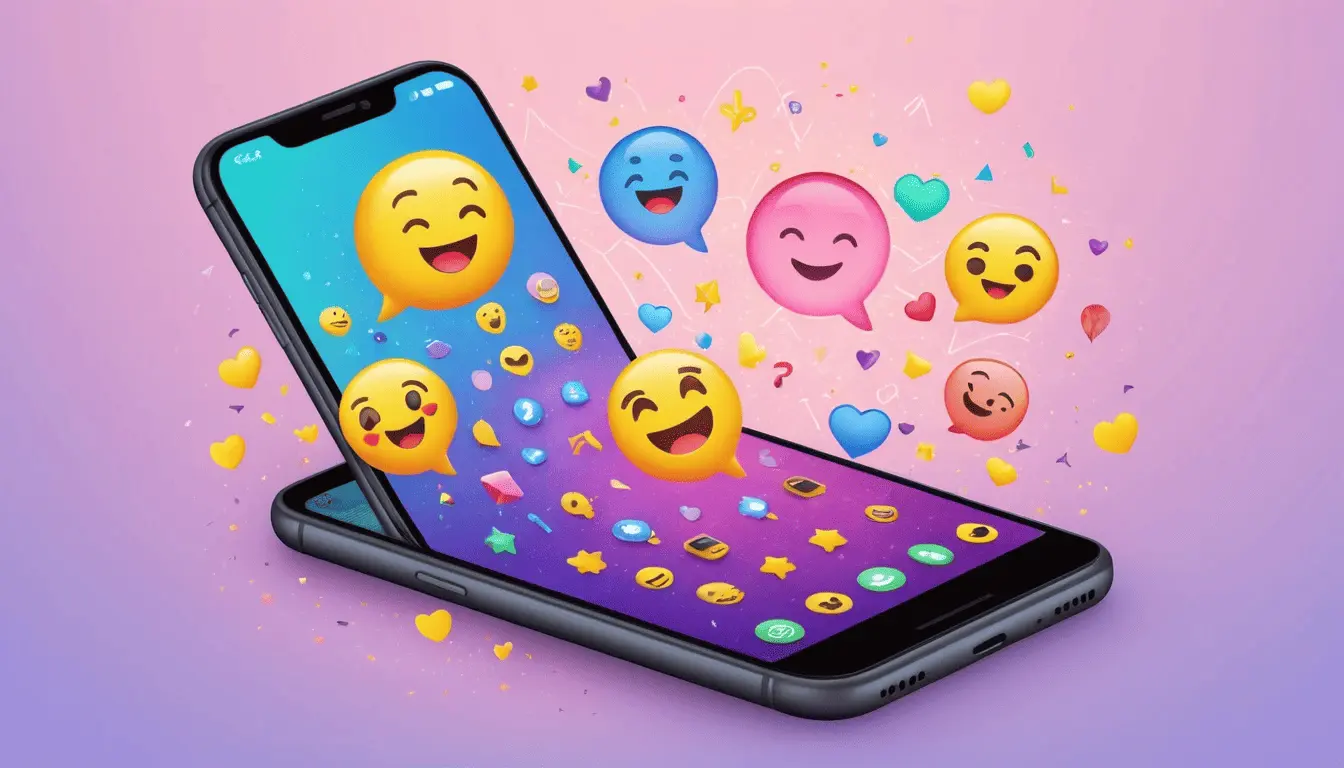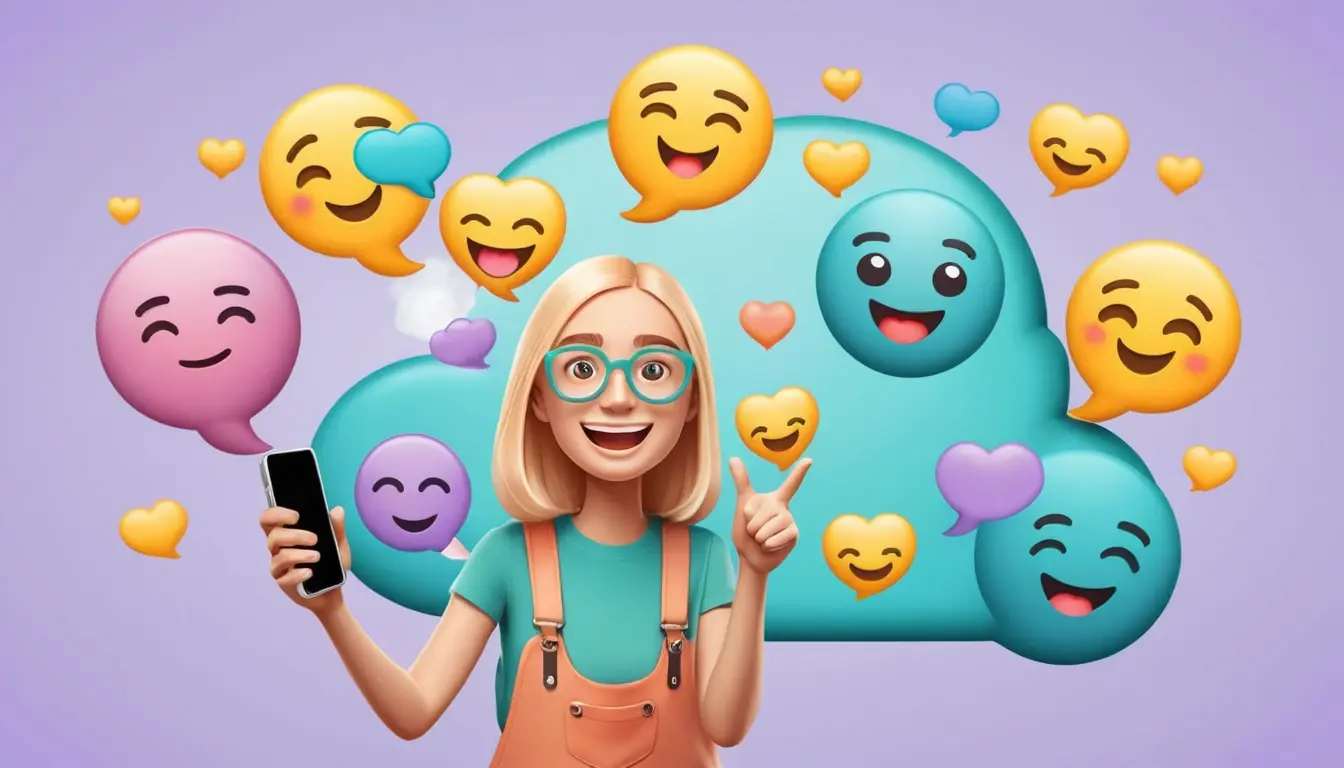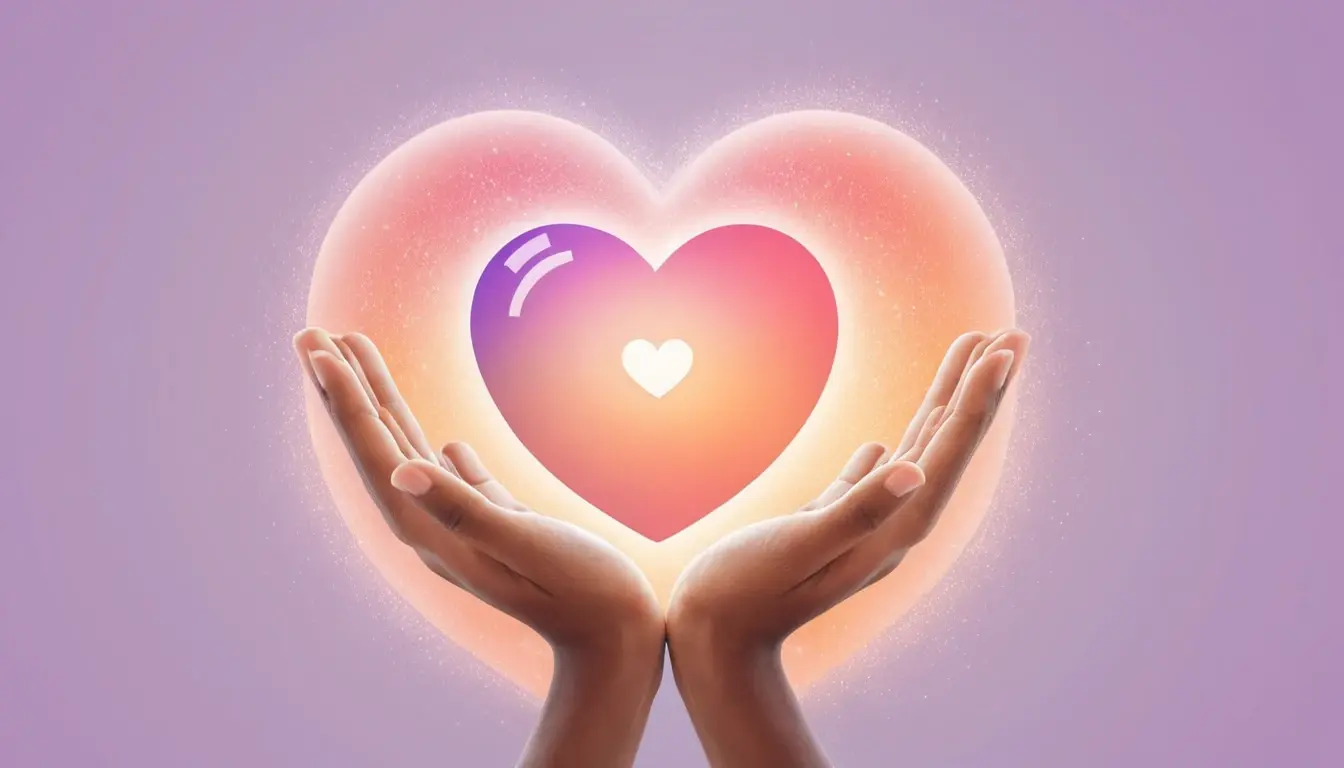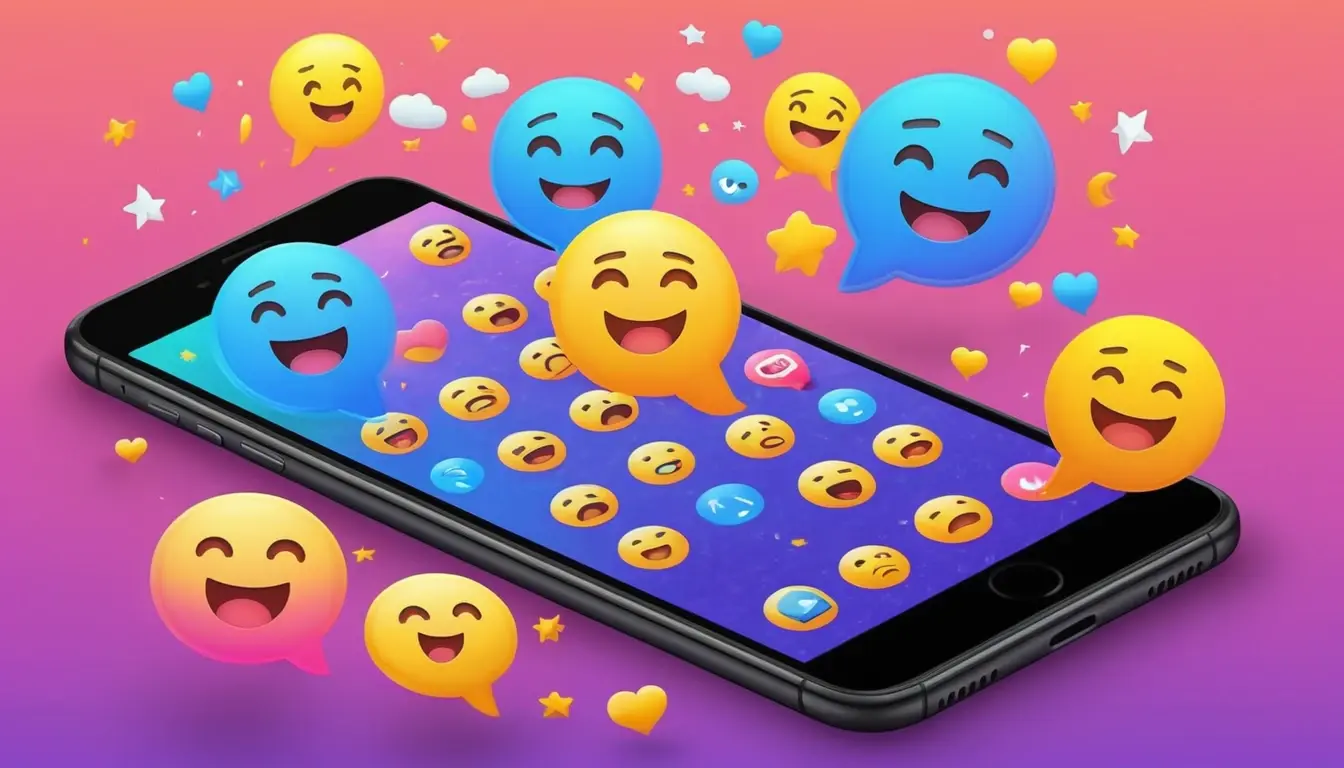What Do Emojis Mean? A Complete Guide to Emoji Meanings


-You sent 😊 Smiling Face With Smiling Eyes→ thinking it was friendly, but got no reply — did you just send the wrong message? Emoji meanings can be surprisingly complex. In this guide, we explore what emojis really mean and how context, platforms, and culture shape them.
You’ve probably been there: you send a simple 😊 thinking you’re being nice, and then someone replies with... confusion. Or worse, nothing at all. Suddenly you're wondering — was that the wrong emoji?
It’s weird how much tiny digital faces can carry, right?
Emojis: Tiny, but Surprisingly Complicated
At a glance, they’re just fun little icons. But they do a lot of heavy lifting, especially in text messages where tone can vanish completely.
Like, imagine texting someone just the word “fine.”
Now add a 🙂 Smiling Face With Smiling Eyes→ to it.
Now try it with 😠 Angry Face→ or 😏 Smirking Face→.
Totally different vibes. It’s kind of wild how much that tiny image shifts the mood.
And sometimes you don’t even realize it until you’re re-reading your own message thinking:
Wait — did that come off as passive-aggressive?
(Spoiler: maybe it did.)
Meaning Depends on... Well, Everything
Here’s the tricky part: emojis don’t have fixed meanings. They shift depending on context, who you’re talking to, what platform you’re using, and even where you live.
Let’s take the 🙃 Upside-Down Face→. On paper, it might just mean silliness. But in real life, it can mean:
- “I’m annoyed but pretending not to be”
- “Life’s a mess lol”
- Just a shrug emoji
And then there’s 💀 Skull→.
Used to mean death.
Now? It means you’re laughing so hard you “died.”
That’s a big leap.
Your Phone vs. Their Phone
Another layer: emojis don’t look the same on every phone.
I found this out the awkward way — sent 🥺 Pleading Face→ to someone, thinking it was all cute and pleading.
But on their device? It looked kinda weird. Not cute at all. More... ill? Or something like that.
So yeah, even the design can mess with interpretation.
A friendly emoji on one screen might look smug or creepy on another.
Generations Don’t Always Agree, Either
This one’s kind of funny. Different age groups read emojis differently, and it causes some real confusion sometimes.
- If you’re under 25, 💀 probably means “I’m dead (laughing).”
- But if you’re over 50? You probably take it literally.
The 😂 Face With Tears Of Joy→ emoji used to be peak funny. Now Gen Z says it’s “cringe” and prefers 💀 or 😭 Loudly Crying Face→.
Why? I don’t know. Trends, I guess.
Even the humble 👍 Thumbs Up→ has been called “aggressive” by some younger folks.
Which, I mean... maybe? But also, maybe not?
Emojis Evolve (and Fast)
They change meaning way faster than you'd expect.
An emoji can start innocent and end up... very not.
(👀 Eyes→ Looking at you, 🍆 Eggplant→ and 🍑 Peach→.)
Even newer emojis, like 🧠 Brain→, have already taken on not-so-academic meanings in certain corners of the internet.
Let’s just say it’s not just about intelligence anymore.
The point is: emoji meanings are fluid.
What’s cute or funny now could be misread six months from now — or even tomorrow.
So... How Do You Know What One Means?
Honestly? You don’t always.
That’s the fun — and the messiness — of it.
Final Thoughts on Emoji Meanings
Still not totally sure what that last emoji you sent actually meant? Yeah... same. Most of us are just winging it and hoping whoever’s on the other end gets the vibe.
If you’re curious (or just love spiraling about symbols), check out our emoji list — it’s got thousands of them, each with their own weird little story. Or head over to our emoji games if you feel like testing your emoji brain in a fun way.
Want more like this? You might like our Top 100 Most Popular Emojis→ or take it a step further with Emoji Language: Can You Really Communicate Without Words?.
Emojis aren’t just icons. They’re feelings, guesses, little digital eyebrows — and somehow, they usually get the point across.
Share this article
Help others discover this content
Related Articles

Emoji Language: Can You Really Communicate Without Words?
Emojis have evolved into emotional tone-setters in digital conversation. But can they really replace language? We break down how far emoji communication has come—and where it might be heading.


What Does Heart Hands Mean? Explaining Viral Emoji Trends
The 🫶 emoji is everywhere—but what does it really mean? From soft affection to digital solidarity, we explore why this heart-hands symbol has quietly taken over online conversations in 2025.


Top Emojis of 2025
From ❤️ to 🫠, these are the emojis dominating 2025—and what they reveal about how we’re feeling, communicating, and emotionally surviving the internet.

